Tesla has begun rolling out its Full Self-Driving (Supervised) software to paying Australian customers with a Model 3 or Model Y that’s fitted with the latest Hardware 4 (HW4) camera system.
Beyond the vehicle itself, FSD (Supervised) is currently priced at either $10,100 as a one-off payment, or $149 per month. That’s not cheap, but no other car on the Australian market currently offers anything at a similar level.
FSD (Supervised) is a Level 2 advanced driver assist system which requires you to comply with all current state and federal laws. According to Tesla, “Under your supervision, your car will be able to drive itself almost anywhere with minimal driver intervention”.
.png)
However, Tesla also stipulates that this does not make the car autonomous. While using the software you need to be fully attentive, have your hands on the steering wheel and be ready to take over at any point.
It uses the car’s interior camera to ensure you’re paying attention to the road ahead and after a number of strike-outs for not obeying the rules, it’ll lock you out of the software for a number of days.
All you need to do to start FSD (Supervised) is input a destination into the navigation system then either press the start button on the touchscreen or the right scroll wheel on the steering wheel while driving. It’s as simple as that.
While punting around on suburban streets, the car does a fantastic job of driving with a natural feel. It accelerates confidently from a standstill much like how I would, turns corners at a calm pace and also merges onto the freeway with ease.
However, once you get moving, it can err firmly on the tentative side. It sometimes hangs 5-10km/h under the signposted speed limit, especially if it’s a twisty or tight road, but I much prefer it this way.
You’re able to press the accelerator to bump up the speed, but I didn’t feel the need to do this until I'd lived with the car for a few days and got used to how the car drives while FSD (Supervised) is active.
While the car sources its speed limit data from the satellite navigation and cameras, it's not always correct. School zones or freeways in particular with digital speed limit signs seem to confuse the cameras which can’t pick them up properly.
On a few occasions I had to manually lower the set speed because it was too fast. You need to remember that you’re at fault if you get a speeding ticket while using FSD (Supervised).
When things get more complex, like when there are parked cars on both sides of a tight road, the Tesla does a great job at negotiating when to wait for oncoming traffic or when to power through. Roadworks or even the classic Melbourne hook turn also prove to be no problem for the car.
Things aren’t always perfect though. My first issue arose when Google Maps hadn’t properly updated the roads around the junction of Bulleen Road and the Eastern Freeway.
The car hesitated and sent me down Thompsons Road, but thankfully the navigation corrected itself and only added a few minutes onto my trip.
This could be fixed by having more up-to-date Google Maps data, but it doesn’t help that this section of road is constantly changing due to the North East Link works.
Beyond this, FSD (Supervised) doesn't like busy intersections. On a few occasions the system created a navigation route that would have seen it turn right over six lanes of busy traffic.
In these moments the car would just sit still, even if there was a momentary gap in traffic. As a result I’d have to take back control as a queue of cars formed behind me. This isn’t the end of the world, however, as I much prefer taking over in these kind of high-stakes moments.
Generally the system likes to avoid lane changes where possible. It’ll hang behind a slow car for much longer than I would before even thinking about changing lanes.
For the most part the Tesla does a great job of changing lanes ahead of forthcoming turns, but sometimes it’ll leave it to the last minute. On one occasion the car wasn’t able to merge fast enough on the freeway and I took the wrong exit as a result.
Thankfully you can tell the car you want to change lanes by either activating the left or right indicator. While nine times out of 10, it’ll do what you ask, sometimes it’ll refuse. It still flashes the indicator though two times so you look silly from outside the car.
In order to combat last-minute lane changes and avoid frustrating other road users by cutting them off, I found it’s much easier to manually activate the lane changes earlier.
Lastly, FSD (Supervised) is purely a camera-based system which can be a little problematic if visibility is poor. While I didn’t experience too many issues, it isn’t perfect. Having ultrasonic sensors, radar or even LiDAR units would be great peace of mind, especially from a redundancy standpoint.
Tesla Model 3 2026: Rear-Wheel Drive
| Engine Type | 0.0L |
|---|---|
| Fuel Type | Electric |
| Fuel Efficiency | 0.0L/100km (combined) |
| Seating | 5 |
| Price From | $54,900 |
| Safety Rating |
|
Verdict
This technology moves the game on considerably. There’s nothing else like FSD (Supervised) out there on Australian roads right now. Sure there are various highway assists, but none are as comprehensive as this.
While I was initially sceptical about the car’s competence, it only let me down a few times. Ultimately a lot of what went wrong can be fixed with software updates, which continue to be regularly pushed to the car.






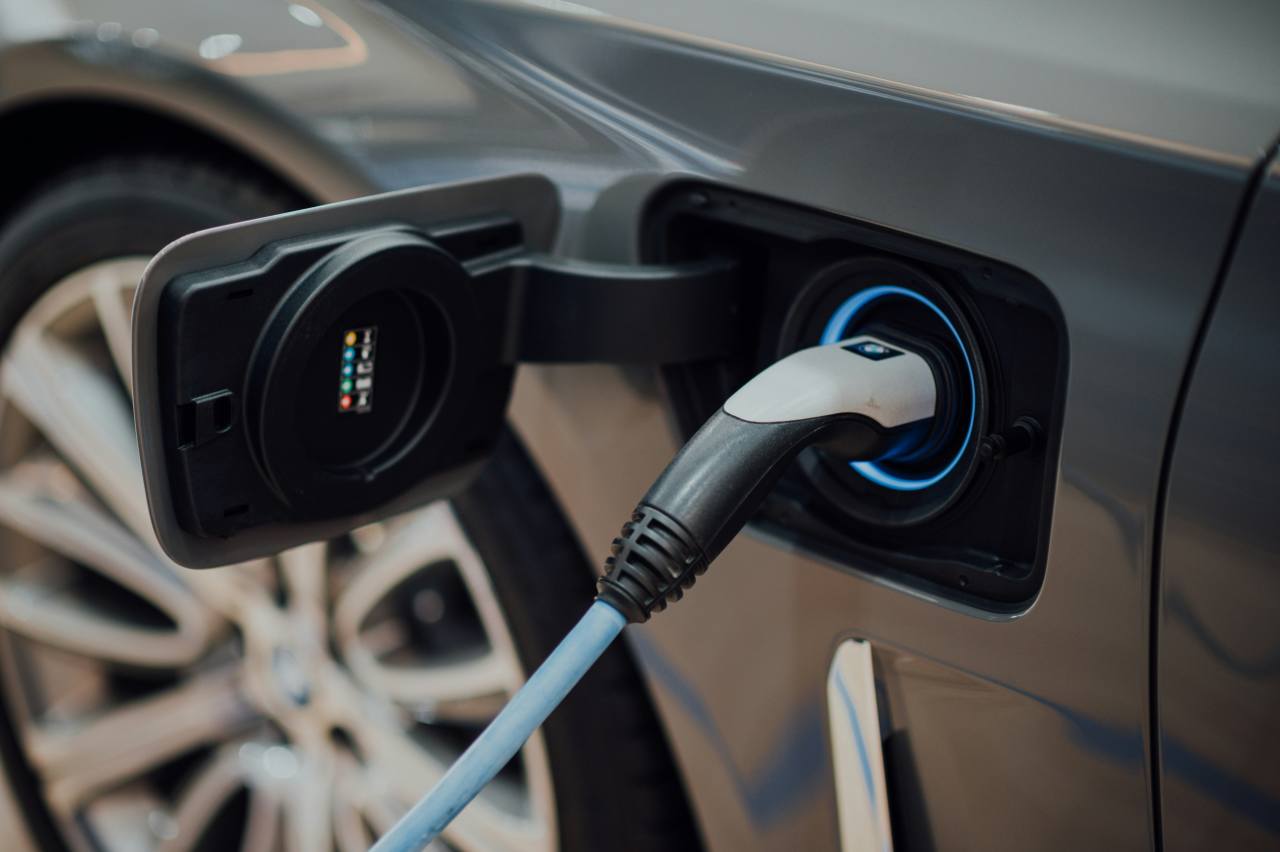


















































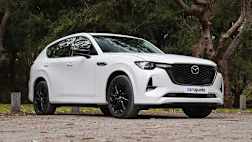





.png)

_1.png)




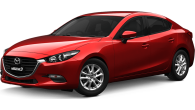
.png)

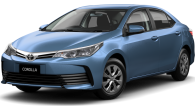
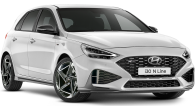
.png)


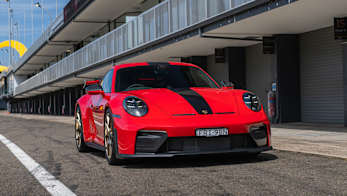
.jpg)

.jpg)